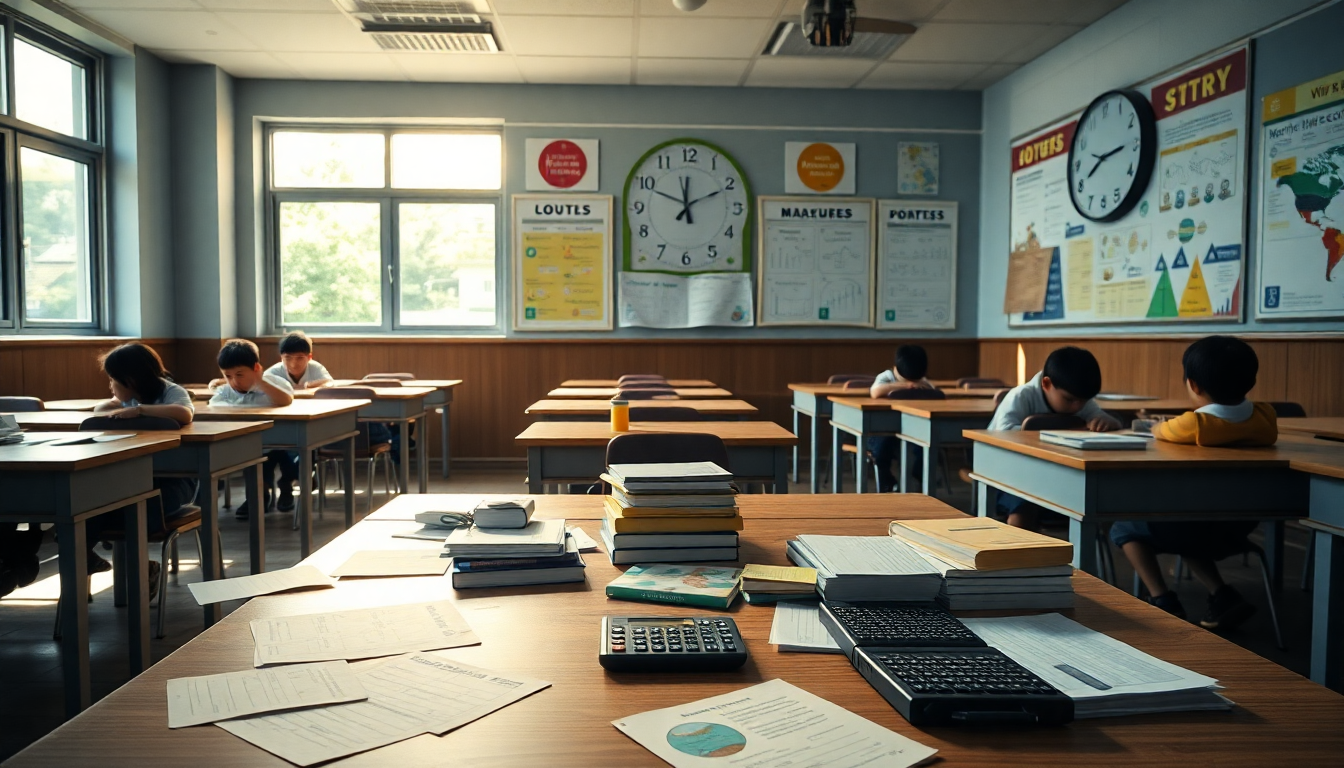Table of Contents
The landscape of tuition fees in Hong Kong’s semi-private schools is changing rapidly. Have you noticed how fewer institutions are looking to raise their fees? This trend is largely a response to the sluggish economy, which has prompted schools to rethink their financial strategies in these challenging times.
Current Market Overview of Tuition Fee Applications
As of June, the Education Bureau reported a significant drop in the number of applications from schools in the Direct Subsidy Scheme (DSS) that are looking to increase their tuition fees. In fact, only 40 applications were submitted, down 26% from last year’s 54. This is the lowest number of applications since 2022, showcasing a cautious approach taken by educational institutions as they navigate the current economic climate.
Interestingly, more schools are choosing to freeze their fees. This September, 38 schools decided to keep their tuition rates as they are—a whopping 52% increase compared to just 25 schools that did the same last year. This shift highlights a growing awareness among schools of the economic pressures families are facing and their willingness to adapt accordingly.
Economic Factors Influencing Tuition Fee Decisions
Dion Chen, the chairman of the Direct Subsidy Scheme Schools Council, points out that the sluggish economy is a major factor in why schools are hesitant to raise fees. He draws parallels to the pandemic era, when many DSS schools held off on increasing tuition. Now, schools are taking a closer look at their financial situations, carefully weighing whether they can justify a fee hike based on their surplus and operational needs.
This trend reflects a broader sensitivity to economic conditions. With many families grappling with rising living costs, schools are becoming increasingly mindful of the need to keep education affordable. After all, unchecked fee increases could lead to lower enrollment, which would only complicate their financial sustainability.
Future Outlook and Considerations for Stakeholders
So, what does the future hold for tuition fees in Hong Kong’s semi-private schools? The dynamics will likely continue to be influenced by the economic landscape. With around 470 preschools and about 130 private institutions applying for fee increases—down from 660 last year—it’s clear that many are reassessing their financial strategies amid ongoing economic uncertainties.
For stakeholders—parents, educators, and policymakers alike—grasping these trends is essential. Schools need to strike a balance between financial viability and the vital goal of providing accessible education. As the market evolves, keeping an eye on economic indicators and their impact on education funding will be crucial for informed decision-making.
In conclusion, the current trends in tuition fee applications reflect a thoughtful and strategic response to economic pressures. Schools are navigating a complex environment that requires them to balance financial sustainability with their commitment to students and families. How will this balance evolve, and what does it mean for the future of education in Hong Kong? Only time will tell.


